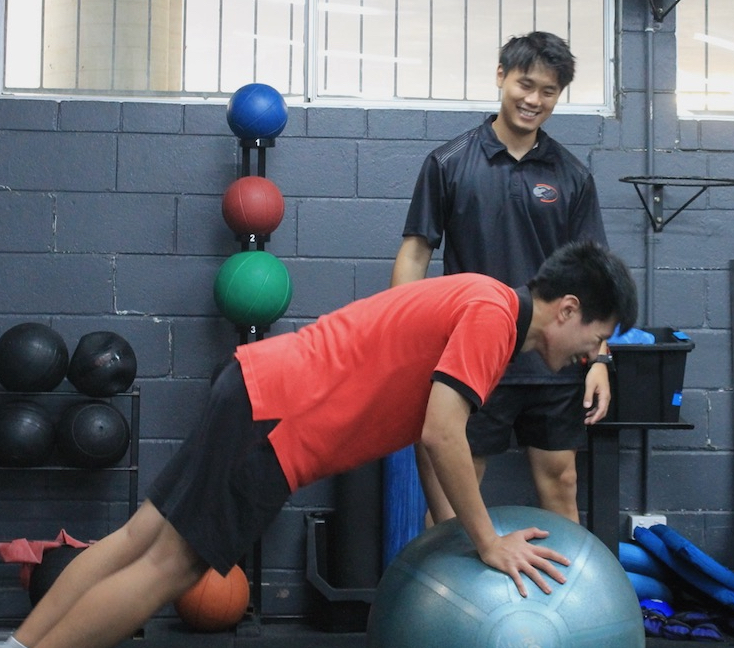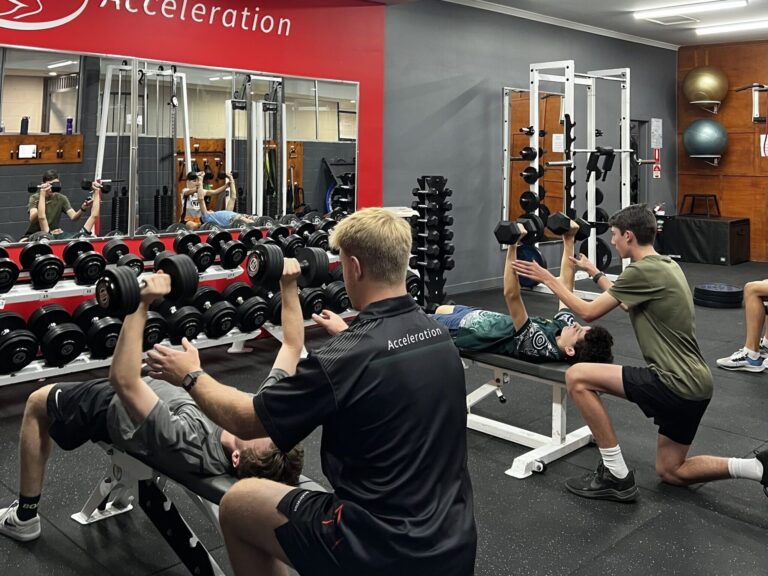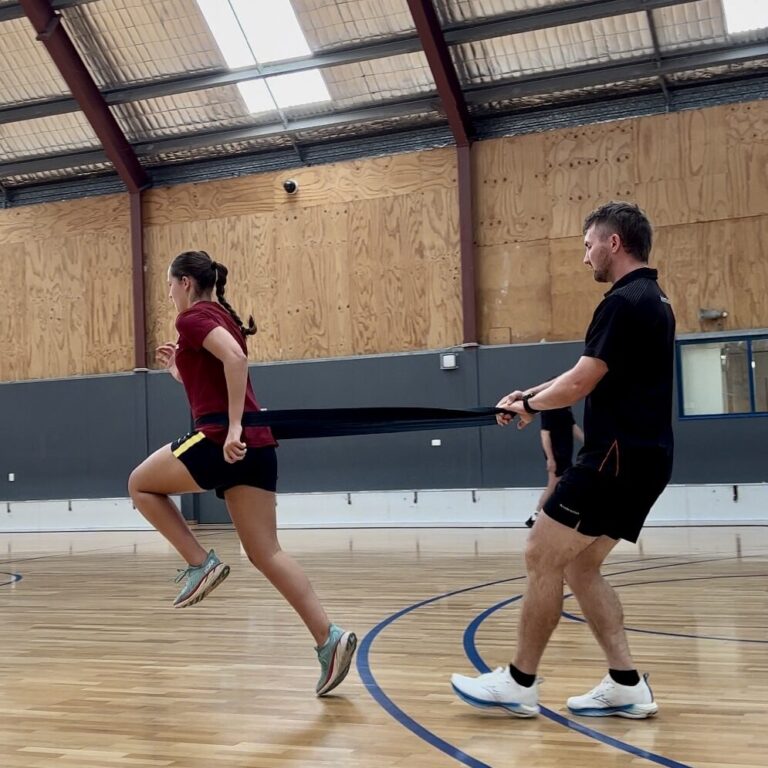Rugby Sprint Training To Accelerate Your Performance
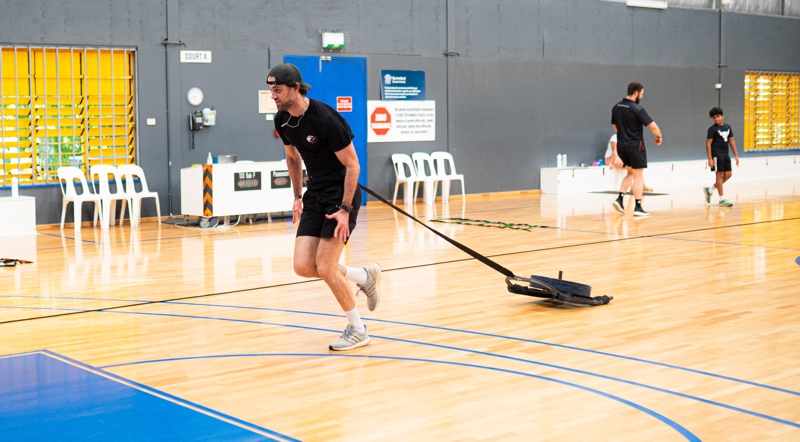
In the fast-paced, high-intensity world of rugby, speed is a game-changer. The ability to outpace opponents, break through defensive lines, and cover ground quickly can make all the difference between victory and defeat. That’s where rugby sprint training comes in. At Acceleration Australia, we specialize in helping rugby players of all levels unlock their speed potential and dominate on the pitch.
The Importance of Sprint Training for Rugby Players
Sprint training is a critical component of any comprehensive rugby training program. By focusing on improving speed, acceleration, and agility, sprint training can help rugby players:
- Gain a Competitive Edge: In rugby, even a fraction of a second can be the difference between breaking through a tackle or being brought down. By improving your sprint speed, you can gain a significant advantage over your opponents and create more opportunities to make game-changing plays.
- Enhance Agility and Evasion: Rugby is a sport that requires quick changes of direction, sudden bursts of speed, and the ability to evade tackles. Sprint training drills that incorporate agility and evasion techniques can help you become more elusive on the pitch and avoid being caught by defenders.
- Increase Endurance: While sprinting may seem like a purely anaerobic activity, rugby sprint training can actually help improve your endurance as well. By incorporating repeated sprint drills and recovery periods, you can train your body to recover more quickly between high-intensity efforts, allowing you to maintain your speed and performance throughout an entire match.
- Reduce Injury Risk: Proper sprint training, when combined with strength and conditioning work, can help reduce the risk of common rugby injuries such as hamstring strains, knee ligament damage, and ankle sprains. By developing strong, resilient muscles and improving your running mechanics, you can become a more durable and injury-resistant player.
“Since incorporating rugby sprint training into my routine with Acceleration Australia, I’ve noticed a significant improvement in my speed and agility on the pitch. I’m able to break through tackles more easily, cover ground faster, and maintain my intensity throughout the entire match. The expert coaching and personalized drills have been a game-changer for my performance.” – Sarah, Rugby Player
The Acceleration Australia Approach to Rugby Sprint Training
At Acceleration Australia, we take a science-backed, individualized approach to rugby sprint training. Our expert coaches, armed with the latest research and technology, design programs that are tailored to each player’s unique needs, goals, and abilities. Here’s what sets our approach apart:
Personalized Assessment and Goal Setting
Every player’s sprint training journey at Acceleration Australia begins with a comprehensive assessment of their current speed, agility, and movement mechanics. Using state-of-the-art technology and biomechanical analysis, our coaches identify areas for improvement and develop personalized goals based on each player’s aspirations and playing position.
Periodized Training Plans
Our rugby sprint training programs are built around the principles of periodization, which involves strategically varying training intensity, volume, and focus over time to optimize performance and minimize injury risk. By carefully structuring training cycles and progressions, we help players peak for key matches and tournaments while avoiding overtraining and burnout.
Drill Variety and Progression
At Acceleration Australia, we believe that variety is the spice of sprint training. Our programs incorporate a wide range of sprint drills and exercises, each designed to target specific aspects of speed and agility development. From traditional flat sprints to resisted runs, plyometrics, and sport-specific agility drills, our coaches keep training engaging and challenging.
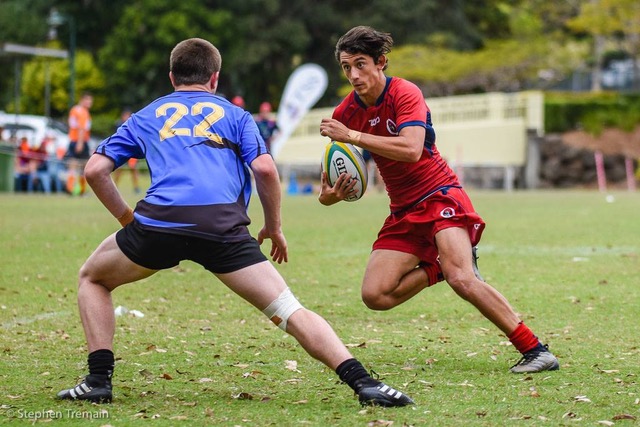
Key Components of Rugby Sprint Training
A comprehensive rugby sprint training program should address multiple facets of speed and agility development. At Acceleration Australia, our programs typically include the following key components:
Acceleration and Max Velocity Training
Acceleration, or the ability to rapidly increase speed from a standing start or slow-moving position, is critical for rugby players. Our sprint training programs incorporate specific drills and techniques to help players improve their acceleration mechanics, such as:
- Falling starts
- Sled pushes and pulls
- Hill sprints
- Resisted band runs
Max velocity training, on the other hand, focuses on improving a player’s top-end speed and maintaining it over longer distances. Drills such as flying sprints, overspeed training with bungees or downhill runs, and speed endurance intervals are used to develop this quality.
Agility and Change of Direction
Rugby is a sport that demands rapid changes of direction, sharp cuts, and explosive lateral movements. Our sprint training programs incorporate a variety of agility drills to help players improve their ability to change direction quickly and efficiently, such as:
- Cone drills (e.g., 5-10-5, L-drill, pro agility)
- Reactive agility drills with visual or auditory cues
- Evasion drills with partners or pads
- Rugby-specific agility circuits with balls and game-like scenarios
Plyometrics and Power Development
Plyometric exercises, which involve rapid stretching and contracting of muscles, are a key component of rugby sprint training. These explosive movements help players develop the power and reactivity needed for quick starts, jumps, and changes of direction. Some common plyometric drills used in our programs include:
- Box jumps and depth jumps
- Bounding and skipping variations
- Single-leg and lateral hops
- Medicine ball throws
Gym-based power training, such as Olympic lifts, squats, and deadlifts, also plays a role in developing the muscular strength and power needed for explosive sprint performance.
Technical Refinement and Running Mechanics
Proper running technique is essential for maximizing sprint performance and minimizing injury risk. Our coaches use video analysis and real-time feedback to help players refine their running mechanics, focusing on key elements such as:
- Posture and body alignment
- Arm and leg action
- Foot placement and ground contact time
- Stride length and frequency
By optimizing running technique, players can become more efficient and effective sprinters, capable of maintaining high speeds with less energy expenditure.
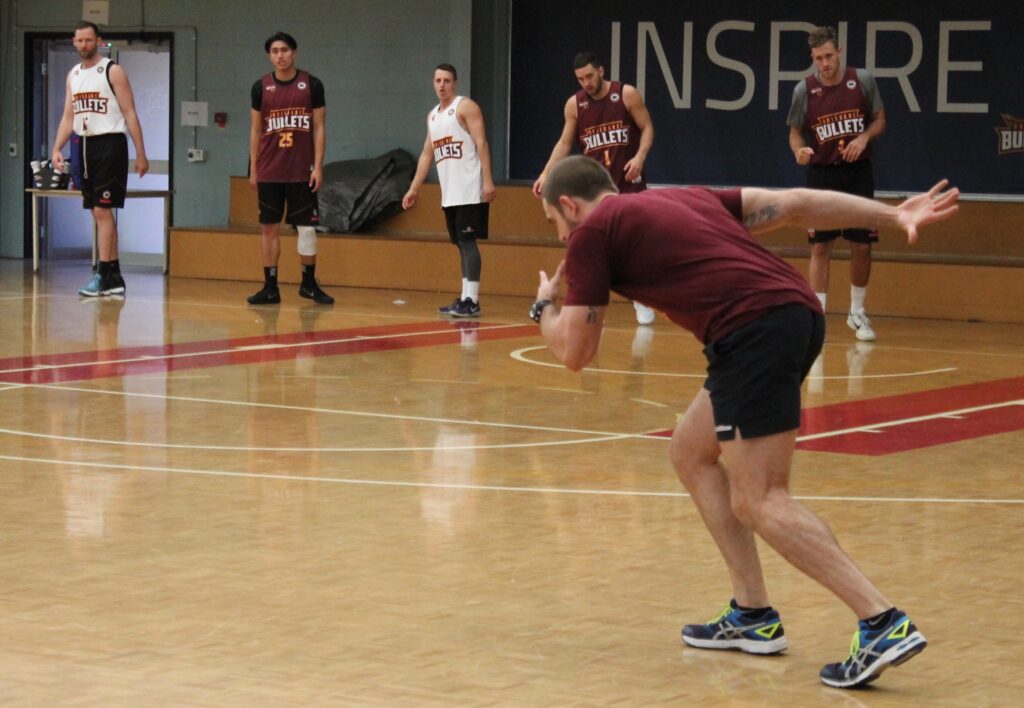
Integrating Sprint Training into Your Rugby Routine
To maximize the benefits of rugby sprint training, it’s important to integrate it effectively into your overall training routine. Here are some key considerations:
Frequency and Timing
The optimal frequency of sprint training sessions will depend on factors such as your playing position, current fitness level, and phase of the season. In general, 2-3 dedicated sprint sessions per week, performed on non-consecutive days, can be an effective starting point. Our coaches will work with you to determine the ideal frequency and timing based on your individual needs and goals.
Warm-Up and Recovery
Proper warm-up and recovery practices are crucial for getting the most out of your sprint training sessions and minimizing injury risk. Our coaches will guide you through dynamic warm-up routines that prepare your body for high-intensity sprinting, as well as post-session recovery strategies such as cool-downs, stretching, and foam rolling.
Integration with Other Training
Rugby sprint training should be integrated seamlessly with your other training modalities, such as strength and conditioning, skill work, and tactical sessions. At Acceleration Australia, we work closely with your rugby coaches to ensure that your sprint training complements and enhances your overall development as a player.
Takeaway
Rugby sprint training is a vital piece of the puzzle for players looking to gain a competitive edge, dominate on the pitch, and take their game to the next level. At Acceleration Australia, our science-backed, individualized approach to sprint training has helped countless rugby players unlock their speed potential and achieve their performance goals.
Ready to accelerate your rugby career? Contact Acceleration Australia today to learn more about our cutting-edge sprint training programs and start your journey to becoming a faster, more explosive player. Our expert coaches are dedicated to helping you reach your full potential and dominate on the pitch. Don’t let your speed hold you back – take the first step towards rugby greatness with Acceleration Australia.
Frequently Asked Questions About Rugby Sprint Training
How often should rugby players perform sprint training?
The optimal frequency of sprint training for rugby players depends on factors such as playing position, current fitness level, and phase of the season. In general, 2-3 dedicated sprint sessions per week, performed on non-consecutive days, can be an effective starting point. However, it’s important to work with a qualified coach who can tailor a program to your individual needs and goals.
Can sprint training help prevent rugby injuries?
Yes, proper sprint training can play a significant role in reducing the risk of common rugby injuries such as hamstring strains, knee ligament damage, and ankle sprains. By developing strong, resilient muscles and improving running mechanics, sprint training can help players become more durable and injury-resistant. However, it’s crucial to use proper technique and progression under the guidance of a qualified coach.
How long does it take to see results from rugby sprint training?
The timeline for seeing results from rugby sprint training varies depending on factors such as your starting fitness level, genetic predisposition, and adherence to the program. Generally, noticeable improvements in speed and agility can be seen within 4-8 weeks of consistent training. However, long-term dedication and progressive overload are key to achieving and maintaining significant gains in sprint performance.
Can sprint training be done at home without access to a track or field?
While access to a proper running surface and equipment is ideal for rugby sprint training, it is possible to perform effective sprint drills in a variety of settings, including grass fields, parks, or even indoor spaces with sufficient room. Bodyweight exercises, resistance bands, and simple cones or markers can be used to create challenging sprint workouts. However, it’s essential to work with a qualified coach who can design a safe and effective program tailored to your available resources.
How important is nutrition for rugby sprint training?
Nutrition plays a crucial role in supporting the demands of rugby sprint training and optimizing its benefits. Adequate protein intake is essential for muscle repair and growth, while carbohydrates provide the energy needed for high-intensity efforts. Staying hydrated and consuming a balanced, nutrient-dense diet are key to maximizing sprint performance and recovery. Working with a sports nutritionist can help ensure that your dietary habits align with your rugby performance goals.
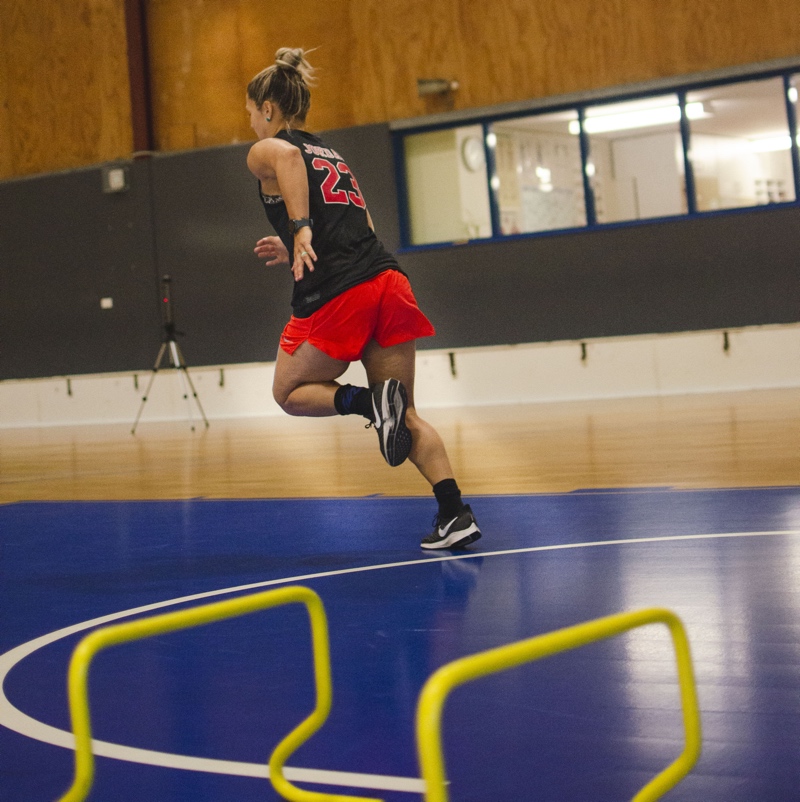
Acceleration Australia: Your Partner in Rugby Sprint Training
At Acceleration Australia, we are passionate about helping rugby players of all levels unlock their speed potential and dominate on the pitch. Our expert coaches, state-of-the-art facilities, and cutting-edge training methods make us the premier destination for rugby sprint training in Brisbane and the Gold Coast.
When you choose Acceleration Australia for your sprint training needs, you can expect:
- Comprehensive performance testing and analysis
- Individualized training programs tailored to your specific goals and needs
- Periodized planning and progression to optimize performance and minimize injury risk
- Access to the latest sprint training technology and equipment
- Seamless integration with your overall rugby training routine
- Ongoing support, guidance, and progress tracking from our dedicated coaching staff
Don’t let your speed hold you back from reaching your full potential as a rugby player. Contact Acceleration Australia today to learn more about our rugby sprint training programs and take the first step towards dominating on the pitch. With our expert guidance and your hard work and dedication, there’s no limit to what you can achieve in the world of rugby.
Looking for rugby sprint training advice? If so, then we can help. Experienced basketball coaches and individualised training located in Brisbane and on the Gold Coast.
Our personal trainers are located in Brisbane and offer individualised training from multiple locations, offering both in-person and online remote training tailored to your unique needs and goals. Here’s how you can get started:
- Book Your Personal Trainer Located in Brisbane Today: Discover the power of individualized coaching by visiting our Individualised Training page.
- Explore Personal Training Options: Elevate your fitness with our expert coaches. For more details, visit our Personal Training page.
- Contact Us: Ready to take the first step? Simply fill out our Contact Us form or give us a call at 07 3859 6000.
Our personal trainers located in Brisbane aren’t always in the office during non-training hours so please leave them a voicemail if you can’t get ahold of them!
- For all enquiries and questions please call: 3859 6000 (Select 1)
- Acceleration Brisbane Central, Auchenflower: 3859 6000 (Select 2)
- Acceleration Brisbane East, Chandler: 3859 6000 (Select 3)
- Acceleration Gold Coast, Southport: 3859 6000 (Select 4)
- Acceleration Brisbane North, Sandgate: 3859 6000 (Select 5)
